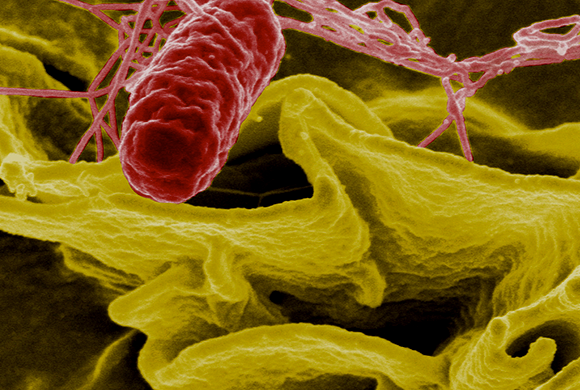
Health Inequalities in the Global South: Transforming Inspiring Stories into Effective Policies
Technology’s Stories vol. 6, no. 2 – DOI: 10.15763/jou.ts.2018.05.14.03
Inequality is usually considered in economic terms, but is, in fact, a much broader social situation. Income inequality does lead to different types of inequality, particularly in the fulfillment of basic needs, but other forms of deprivation exist that cannot be deduced from economic origins. The Economy Nobel Prize winner Amartya Sen has insisted in addressing the wellbeing aspect of inequality, arguing “We must look at impoverished lives, and not just at depleted wallets.”[1] De-impoverishing lives includes improving incomes, but this does not guarantee to deliver wellbeing in its most basic features—for example: health, housing, and job satisfaction.
Albert Hirschman, the great theorist of developmental economics, has coined the expression “tunnel effect” to explain the possibility of temporary tolerance to rising inequality during a development process. Such tolerance, however, is assumed to be momentary; afterwards, all will be better off. If inequality persists for too long, resistance and social upheaval may follow, to which the coercive powers of the State usually responds with repressive tactics. As Hirschman rightly put it, “More constructive programmes of responding to crisis are easy to conceive, but seem to be extraordinarily difficult to bring into the world.” [2] Constructive programmes include the kind of policies where diminishing inequality takes central stage. The difficulties of realizing them stem from the power held by ruling groups—economic, political, ideological, military—whose material and ideal interests generally point in the opposite direction.
To bring into the world the kind of collective action needed to de-impoverish some aspects of the lives of those left behind is precisely the challenge that has mobilized the intellectual efforts of the International Panel on Social Progress (IPSP). Three facets related to scientific research and to technology are worth highlighting to better understand the nature of this challenge. Doing so may lead to more effective implementation of programmes designed to fight inequality. The first states the core of the challenge in general terms; the second looks at scientific and technological aspects of the challenge, presenting four stories illustrating that it can be successfully addressed; the third facet underlines some aspects of politics and policies.
If scientific research, technology, and innovation are to be implemented constructively in the fight against inequalities, it must be recognized that, in many of their present expressions, inequality itself derives from them. Let’s consider a realm were inequality is particularly—and understandably— so highly resented: health. New medicines bring hope to people, from new vaccines to new treatments, but when poor countries have tried to access them through the provision of generic variants, circumventing the high prices and associated intellectual protection, often they have been met with strong resistance and legal battles from drug companies bearing patents. If a child’s life is determined by a State’s or individual’s ability to afford a life-saving vaccine, we are facing a situation of outrageous inequality, in which science and technology plays an incriminating part.
Why blame technology, at least in part, for this? Because technology is the art of solving problems within specified conditions. If you need a vaccine to be made affordable for a poor country, getting a vaccine that can only be applied in much richer countries is not a solution. This type of non-solution exemplifies what the World Health Organization (WHO) refers to as the “90/10 Gap”, the fact that only 10 per cent of the world’s health research efforts respond to the illnesses and problems of 90 per cent of the world’s population.
This is not the whole picture, of course. Some expressions of the socio-technical evolution, such as the mobile phone, have been widely diffused, even among the poorest in societies, with positive consequences: for example, increased uptake of commercial products in rural settings, crating new markets. However, those who design policies must take seriously the fact that some inequalities are derived from science and technology. The prevailing orientation of scientific and technological efforts concentrate on the well-off, neglecting to consider the problems affecting most of the world’s population, and reinforcing inequality.
A second facet of the challenge of building equality from scientific, technological, and innovative efforts is the need to follow new intellectual directions. This relates to the research agenda, and the new questions and problems it needs to integrate to—eventually—provide answers and solutions able to foster equality. While this seems a relatively straightforward endeavor, in practice it can be far from easy due to the power relations that have a formative role in the determination of research agendas[3]. Research agendas are the outcome of the combination of diverse interests, inside and outside research institutions. Those actors who have the capability to foster the problems in which they take a personal interest will see them included in research agendas, while those with less power will see their problems rendered invisible to research efforts.
Following new intellectual directions when pursuing innovation is difficult because it involves changing the heuristic or convention that guides problem-solving. To be able to play a positive role in fighting inequality, technological solutions should be adaptable, capable of operating in various conditions of scarcity, from infrastructure to wealth of the users, including States. The implication of this argument is that solutions designed to work only in conditions of abundance—as is usually the case in highly industrialized countries—will not work as solutions in places where scarcity is the norm. The point is that solving problems differently needs special types of imagination and, moreover, the conviction that one is capable of finding satisfactory solutions for problems that have not been solved satisfactorily through existing technologies. This point is important because once a solution is found, it often acquires the status of “this is the way the problem should be solved”, making it difficult to think otherwise. Imagination and confidence in one’s capacities to solve problems become tools to overcome what we may call “the TINA syndrome” (“there is no alternative”) in technological terms.
In light of this, the following four brief stories capture the power of thinking differently in contexts of scarcity, leading to solutions that level the access to important devices in the realm of health.
Story One: From Biological Fermentation to Chemical Synthesis in Vaccine Development
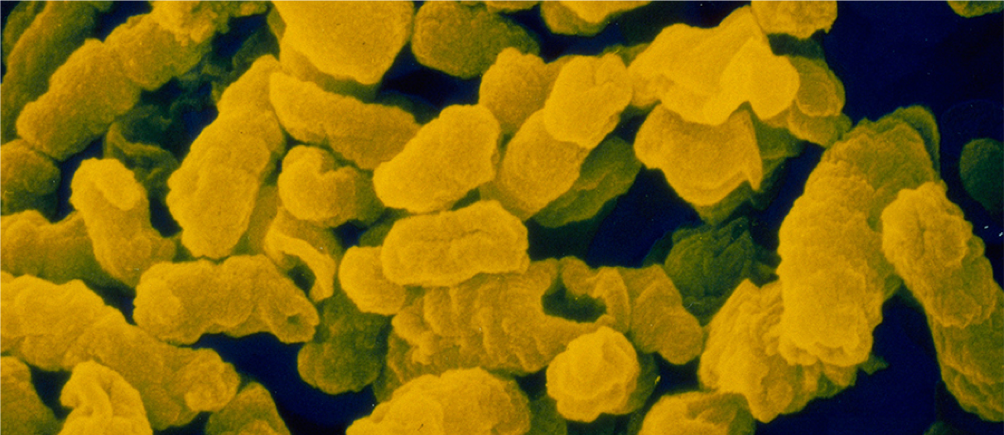
Figure 1 Scanning electron microscope image of bacteria responsible for haemophilus influenzae type B infections. Image credits: (cc) Sanofi Pasteur on Flickr. Photographer Alain Grillet
The bacterium Haemophilus influenzae type b (Hib) is a dangerous pathogen with sequels to meningitis, mostly affecting children under the age of five. Once a vaccine was found for this, the threat disappeared from developed countries, but the threat remained elsewhere in the world due to the high cost of the vaccine. The cost was related to the process of fermentation associated with the biological character of the vaccine. In pursuit of an affordable vaccine, researchers at the University of Havana set about designing a synthetic vaccine—the complexity of which was overwhelming but the cost of production would be very low. After 15 years of research efforts, followed by clinical trials on babies around two months of age, the scientists achieved an important success. [4]
Story Two: From Research on Lactobacilli to Better Child Nutrition

Figure 2 Bottles of Yogurito. By widening the research agenda, contextually appropriate health solutions have been successfully inplemented in Tucumán, Argentina. Image credits: (cc) akaitori on Flickr.
The consequences of malnutrition are painfully apparent in the poor provinces of Argentina. In response to this problem, the Reference Centre for Lactobacilli, a scientific group within the National Council for Science and Technology (CONICET), developed a probiotic yoghurt, named “Yogurito”. Today, Yogurito is distributed three times a week to 200,000 children in public schools in the critically affected province of Tucumán. The consequences of this have included far fewer incidences of respiratory and intestinal infections and less aggressive manifestations when they do occur. Yogurito is produced by small enterprises of the milk sector in Tucumán. This story doesn’t illustrate an alternative solution applied to an already solved problem. Rather, it demonstrates the impressive progress that can be attained in redressing some of the consequences of inequality by widening the the research agenda. Embedding a research group in a regional context, with awareness of the social problems of that region, sparked an effective working programme for finding solutions. Following the success of Yogurito, the addition of lactobacilli to other dairy products, such as cheese, is under way. [5]
Story Three: High-Level Research in Physics and the Needs of Paediatric Hospitals
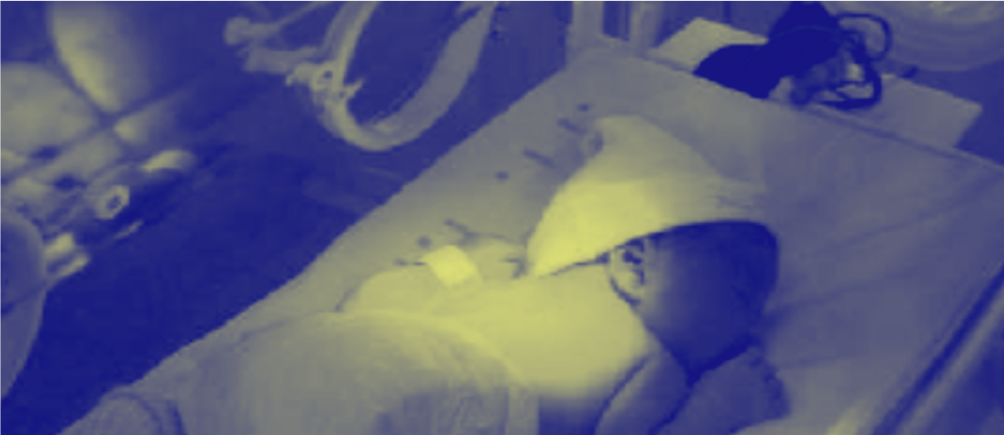
Figure 3 BibiLEDs used in Uruguayan public maternity wards. Image credit: Geido, D., Failache, H. and Simini, F. (2007) “BiliLED fototerapia neonatal de bajo costo: del prototipo a la producción industrial”.
Premature births are more prevalent among poor women, and especially among poor teenagers. Severe newborn jaundice is more prevalent among premature babies. The non-risky treatment of this problem consists of directing a beam of blue light of a very precise frequency into the baby’s body, which allows the elimination of the molecules of bilirubin, the concentration of which causes the jaundice. Today, lamps with blue LEDs are used for this purpose, but these are expensive because they use thousands of LEDs. In the Uruguayan public maternity wards, where newborn jaundice is quite common, these lamps were unfordable. A university researcher in physics, aware of the problem, proposed to add a light concentrator, which achieved the needed intensity with 10 percent of the previous number of LEDs. This made the lamp substantially cheaper to produce and maintain. Several hospitals in the countryside of Uruguay installed these lamps.
When the university researcher was asked what he would need to again put his expertise in to solving problems with high social impact, he gave a suggestive answer: he would need a shelf full of such problems to search and choose from, because he did not know how to find them otherwise. This response points to the need to make visible the social demand for innovation. This story, like the other two, is one about science. Synthetic chemistry, biotechnology, physics: these fields provided the solutions that improved the wellbeing of poor children. [6]
Story Four: Blending Organized Social Solidarity with Affordable Technologies: The Case of a Pasteurizer for Human Breast Milk
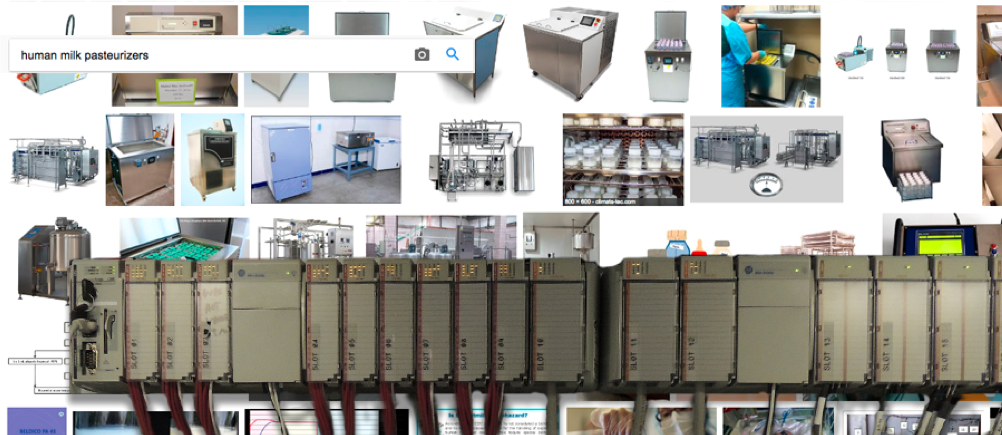
Figure 4 Montage of human milk pasturizers and programmable logic controllers. Image credits: Screenshot of Google image search; (cc) Eric Shea on Flickr
Sometimes, solutions are not directly based in advanced science. In a public hospital in the Uruguayan countryside, a process based on the solidarity of breast-feeding mothers was organized with the aim of providing maternal milk for newborn babies whose mothers were unable, for a variety reasons, to breast-feed them. A barrier to this process was the high cost of (imported) human milk pasteurizers. The hospital director required a local milk producer to provide a human milk pasteurizer at a low cost. Accustomed to reusing everything he could in his own trade, this milk producer, after studying the specific requirements of a human milk pasteurizer, built one where the spare pump of a washing machine pumped the circulating water and a car windshield motor periodically shook the milk bottles. The automatic control of several necessary parameters, including the temperature critical for the functioning of the pasteurizer, was done by means of a programmable logic controller (PLC), which can be programmed by any technician with two years of technical studies. The milk producer, wanted to make a pasteurizer that could be used and repaired in the most remote places. The cost was around four-times less than the imported ones and it has been in operational use since he first installed it, fifteen years ago. [7]
All four of these stories can be labeled “frugal innovations”. They are all examples of how science and technology can influence a way of thinking afresh to deliver high-quality solutions to users who otherwise are usually condemned to rely on the inadequate solutions to their problems provided by outsiders—if they have access to any solutions at all.
So far, we have considered two facets to the challenge of putting science, technology, and innovation at the direct service of fighting inequality: the in-built inequality present in several innovations; and how this in-built inequality has been addressed by means of a different heuristic of solving-problems. The third facet of the challenge relates to politics and policies. The stories told previously are exceptions to the prevailing logic that dictates processes of knowledge production, technological development and innovation incentives. They are powerful because they show that unexpected things can and have indeed happened, paving the way for, at least, the possibility of similar alternatives. However, if what is needed is to redress inequality on a large scale by means of innovations, stories that do not evolve into trends are of limited use.
An integral politics of development is needed to build trends from these exceptional stories. Hirschman made a famous assertion that “Development depends not so much on finding optimal combinations of productive factors and resources as on using resources that are hidden, scattered or badly utilized.” [8] The question, therefore, becomes not simply “what innovations do we need?”, but “how do we work with what we already have?”. For that, as Hirschman suggests, first we have to recognize what it is we actually have at our disposal.
This integral politics of development needs to be incorporated in almost all policy sectors. Decisions taken within policy spheres related to health, education, environment, housing, telecommunications, energy, labour, and industry, may have important impacts on knowledge and technological configurations at country level, particularly when the issues at stake are the impacts of technology on equality.
As the stories above illustrate, satisfactory innovations at user level are generally developed by way of establishing strong relationships between users and producers, and considering the real needs and conditions of those users. Public policies may support these innovations, help them to scale up and, if continued over the long term, transform them into levers for enhanced wellbeing. For this to happen, those policies need to be guided by two central principles: the treatment of people as agents and not as patients; and the creation of opportunities to solve problems in their appropriate context.
At the level of politics, three aspects make elusive the fight against inequality, hampering proactive attempts to use technology as a direct lever for building equality. Firstly, the high level of coordination required across different political realms policies to achieve the necessary synergies that promote positive actions. Secondly, the process of taking people into account which needs considered time and knowledge; both of which are scarce. The third difficulty—particularly problematic in developing countries—is that decision-makers do not confide in endogenous solutions that diverge from conventional ones, those that are built from grassroots level through co-participation processes.
Democratic policies require more stories from a greater diversity of communities. This way, co-creation processes between communities, researchers, and policymakers can identify and satisfy the demand for solutions from marginalized people. This demand is completely overlooked by the market-led mechanism that orient policies, and rarely is it satisfied by existing solutions. Social policies are where needs are detected and addressed. If social policies are conceived, partly, as innovation policies, the articulation between this demand and the scientific and technological capacities to solve it would be strengthened. [9]
A good example of this comes from the Brazilian health policy since 2003, when President Lula came to power. The Ministry of Health established a Division of Science and Technology to coordinate all research and innovation efforts done in the country in the realm of health. It gathered the priorities in public health policies from the Ministry and then started rounds of meetings with the diverse actors of the health innovation system to inform such priorities: universities, public research centres, firms, regulatory bodies, and R&D financing organizations.
If research and innovation policies make a focused effort to address some hard problems, those for which solutions are out of reach for marginalized people, the possibilities of achieving higher levels of wellbeing will increase. For that, a broader regard for why to invest in science, technology, and innovation, and how to build their working agendas, is required. Achieving higher levels of competitiveness is the main justification for investing in research and innovation, and the main drive of current working agendas. An economy with higher levels of competitiveness is necessary for getting better jobs, and the latter is indeed a lever of wellbeing. However, this does not mean that there are not other goals worthy of investments and intellectual efforts. Putting science, technology, and innovation directly to work on solving inequality problems is a road that is worth pursuing. Politics that combine social policies with research and innovation policies may make an important contribution to making that road possible.
Judith Sutz is Professor and Academic Coordinator of the University Research Council of the Universidad de la Republica, Uruguay, where she inaugurated the teaching of science, technology and society. [email protected]; https://www.csic.edu.uy
Website: https://www.innogen.ac.uk/people/Judith%20Sutz
https://doi.org/10.15763/jou.ts.2018.05.14.03
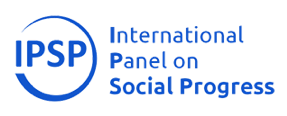
About Rethinking Society on Technology’s Stories
This article is one of a series of contributions drawn from or inspired by the International Panel on Social Progress. The IPSP is a global academic initiative of more than 300 scholars from all social sciences and the humanities who have contributed to Rethinking Society for the 21st Century https://www.ipsp.org/, a report on the prospects for social progress today. This special collection for Technology’s Stories marks the publication of the report and offers important insights from a cross-cutting IPSP theme that sought to examine the role of science and technology, as it contributes – or not – to social progress. An introduction to the special collection can be found here: https://www.technologystories.org/crafting-stories/
This special collection of Technology’s Stories was edited by Cian O’Donovan and Becky Ayre at SPRU – Science Policy Research Unit, University of Sussex. The editors gratefully acknowledge the assistance of Technology’s Stories editor-in-chief Suzanne Moon and her team.
[1]Sen, A. (2000) “Social exclusion: concept, application and scrutiny”, Social Development Papers No. 1 Office of Environment and Social Development Asian Development Bank
[2] Hirschman, A. (1958) The Strategy of Economic Development, Yale University Press, New Haven, Connecticut.
[3] Hess, D. (2007) Alternative Pathways in Science and Industry. Activism, Innovation, and the Environment in an Era of Globalization, The MIT Press, Cambridge Mass.
[4]Kaiser, J. (2004) “Synthetic vaccine is a sweet victory for Cuban science”, Science, 305/5683: 460. DOI: 10.1126/science.305.5683.460
[5] Bortz, G. and Thomas, H. (2017) Biotechnologies for inclusive development: scaling up, knowledge intensity and empowerment (the case of the probiotic yoghurt ‘Yogurito’ in Argentina), Innovation&Development, Vol. 7,1, 37-61.
[6]Geido, D., Failache, H. and Simini, F. (2007) “BiliLED fototerapia neonatal de bajo costo: del prototipo a la producción industrial” , Proceedings of the XVI Congreso Argentino de Bioingeniería, V Jornadas de Ingeniería Clínica, San Juan, Argentina. Accessible at: http://www.nib.fmed.edu.uy/bililed_sabi.pdf
[7]Bianchi, C., Bianco, M., Ardanche, M., Schenck, M. (2017) “Healthcare frugal innovation: A solving problem rationale under scarcity conditions”, Technology in Society, Vol. 51, 74-80
[8] Hirschman, A. (1981) Essays in Trespassing: Economics to Politics and Beyond, Cambridge University Press.
[9]Arocena, R. and Sutz, J. (2012): “Research and innovation policies for social inclusion: an opportunity for developing countries”, Innovation and Development, Volume 2, Issue 1, 147-158.
